|
Home » Audio » Speaker » The Subwoofer thing
| Re: Room modes, multisubs and flanking subs [message #67245 is a reply to message #66914] |
Wed, 27 April 2011 14:18   |
 |
 Wayne Parham
Wayne Parham
Messages: 18982
Registered: January 2001
|
Illuminati (33rd Degree) |
|
|
What sets the modal range apart from the reverberant range (also sometimes referred to as the statistical range) is the spacing between peaks and valleys. Up high, the interference is so dense it creates tightly spaced spikes. It looks like "grass" on a response chart and there really isn't any spectral imbalance - all frequencies are fairly equal. But down low, the peaks and valleys are widely spaced. A bass note progression through this range will become noticeably louder in the peaks and softer in the valleys. Vocals can sound throaty and congested, or thin and veiled, depending on where the modes fall in respect to vocalist's pitch. It is also very distinct on some musical instruments, especially piano.
To illustrate the kinds of response anomalies we're talking about in this thread, I've made a quick scan of the internet. It isn't hard to find examples. Notice the peaks and valleys below 200Hz.
Two different speakers, measured in the same room and at the same position:
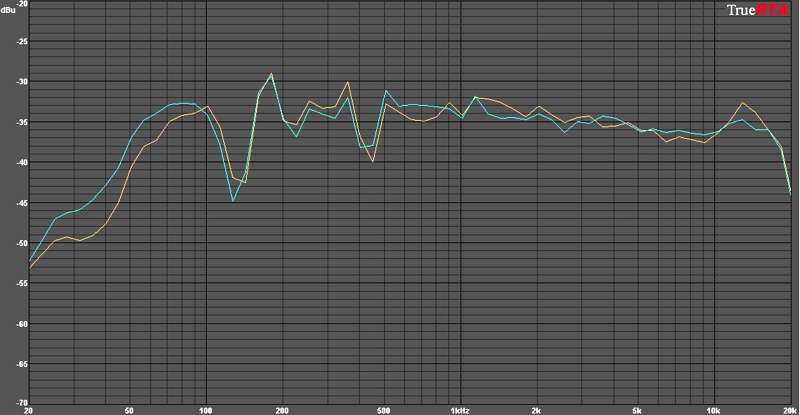
Another pair of dissimilar speakers, in the same room, at the same position:
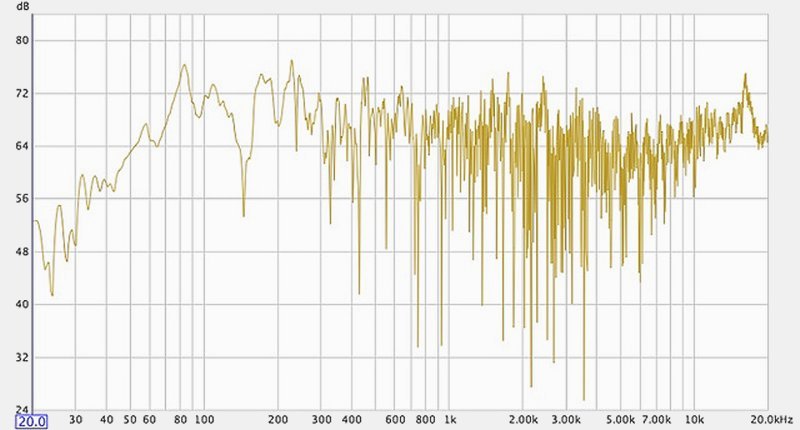
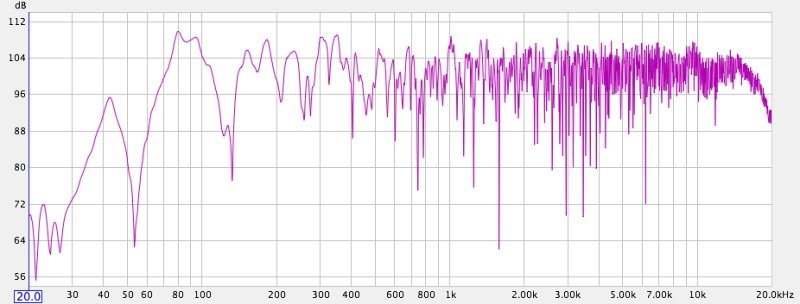
A mini-monitor on a stand, measured in-room:
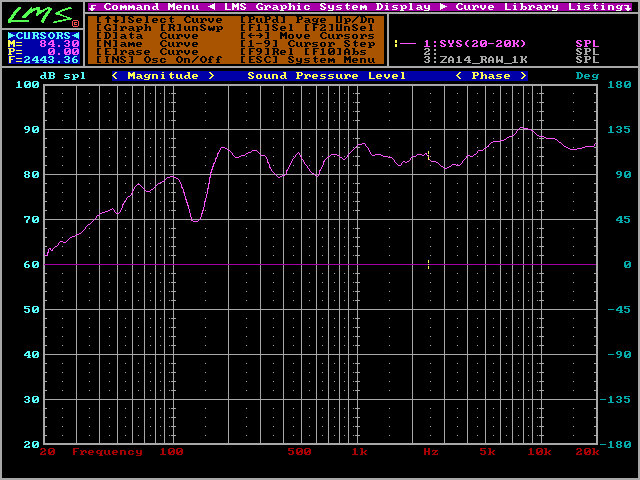
A pair of McIntosh speakers, measured indoors:

Charts from RealTraps.com, talking about room modes and boundary interference:
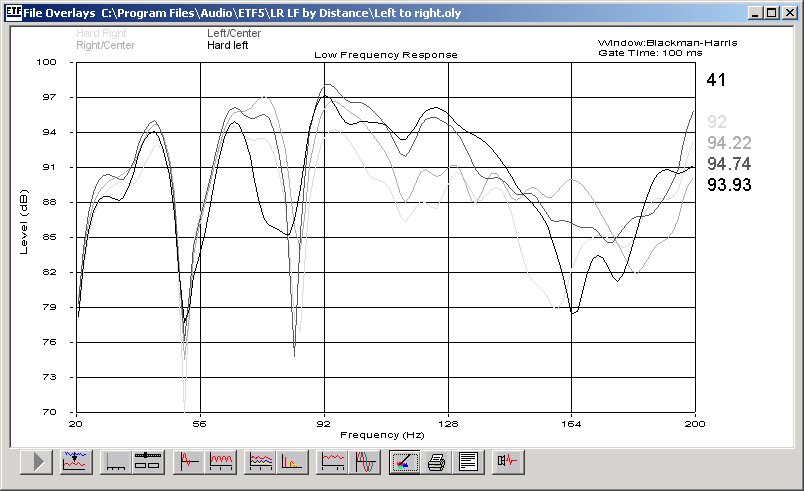
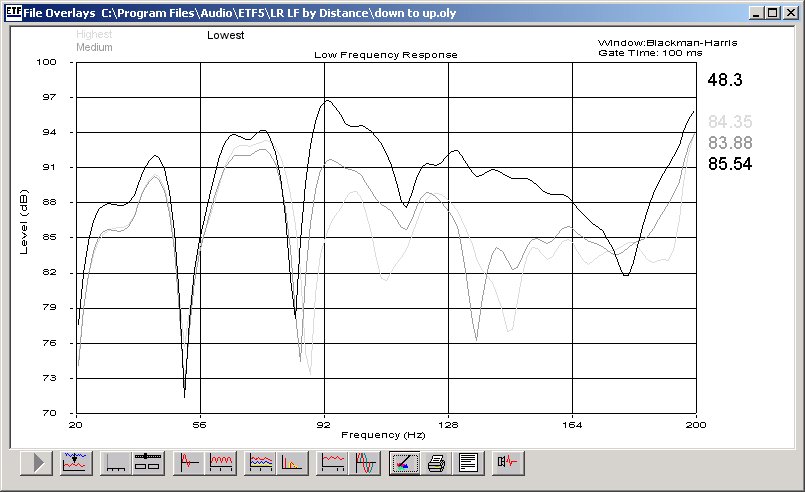
A pair of Danley SH-50 speakers, measured indoors (in Tom Danley's house):

|
|
|
|
Current Time: Wed Dec 03 06:58:59 CST 2025
|







